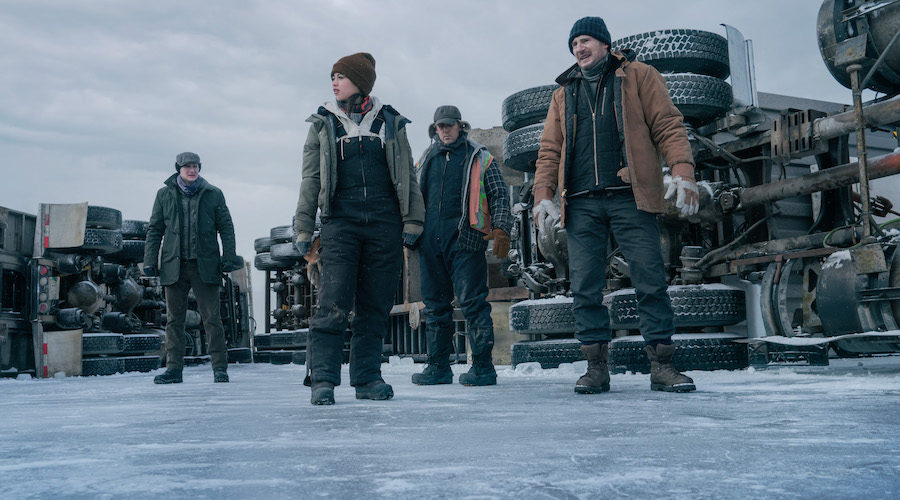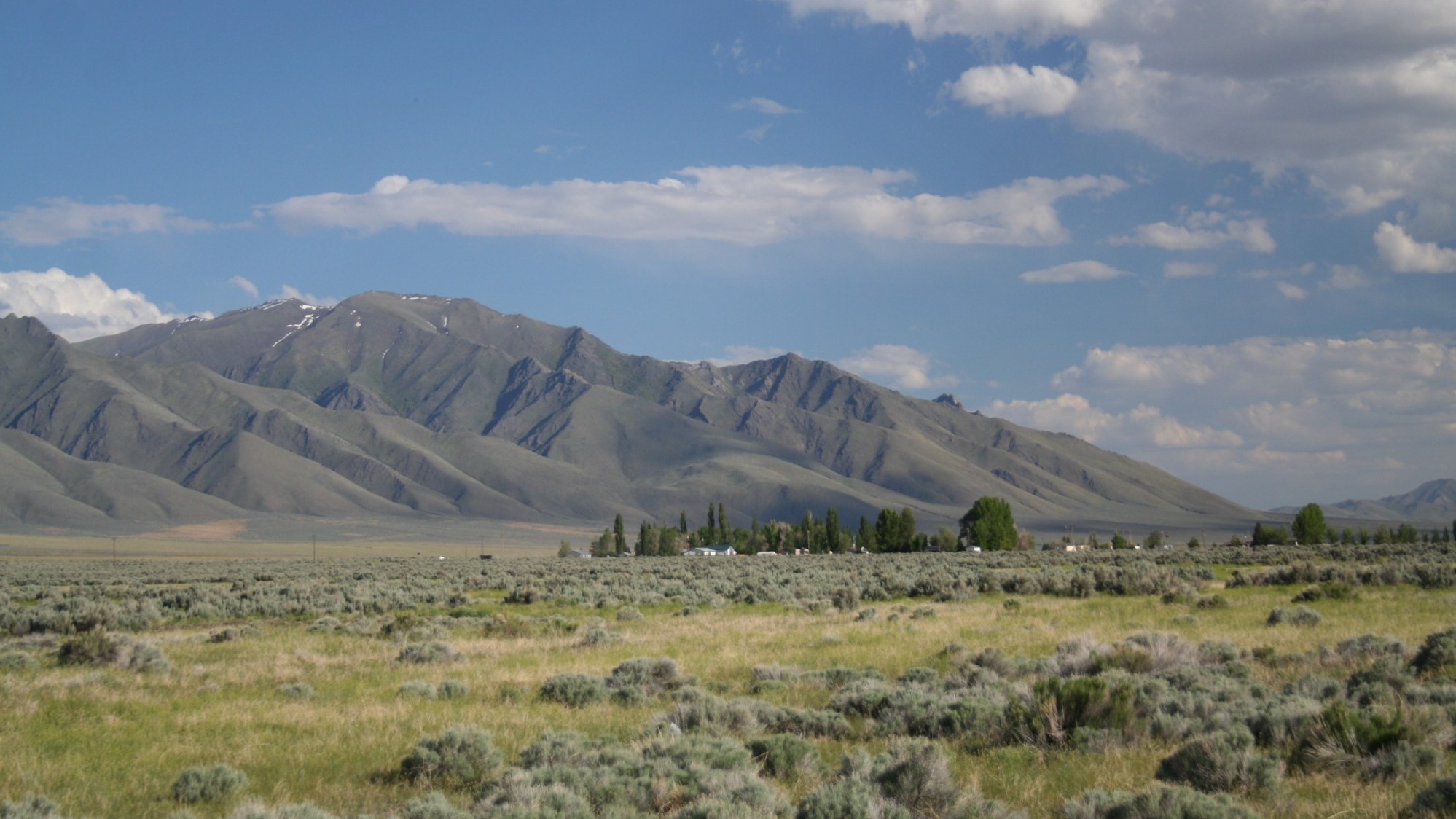Ice Road built by diamond miners in Canada’s Far North gets Netflix debut

Canada’s Ice Road, a 400-kilometre-long pathway that is built over 64 frozen lakes every year and which is used by diamond miners in the Northwest Territories is the star – at least from the mining point of view – in Liam Neeson and Laurence Fishburne’s new Netflix thriller.
Titled The Ice Road, the film sees Neeson playing Mike, a truck driver in a race against the clock to rescue a group of workers trapped in a collapsed mine under frigid weather conditions.
Although the location where the story takes place is real, the plot does not depict a true story or the actual working conditions (besides the below zero temperatures) in which miners operate in the region.
In fact, according to the Natural Diamond Council, the Ice Road is considered the safest road in North America, due to the lack of traffic.
The route is officially known as the Tibbitt to Contwoyto Winter Road (TCWR) and every year, construction begins in December. Opening takes place normally in February or March once it has reached a minimum of 29 inches of ice. When this happens, an amphibious Hägglund army-type reconnaissance vehicle is the first one to drive along the road’s entire length. The vehicle is specially designed to float if it falls through the ice and tows an ice-thickness-detecting sonar.

Once the initial test has been aced, the ice-thickness needs to get to 39 inches so that the road can open up to full load capacity. Where there are problem-lake areas with thinner ice, speed limits reduce to 15 kilometres per hour for trucks and if the ice on a stretch of road needs to be thickened, water trucks are called in to add water to that specific area.
The Ice Road has been jointly run by three mining companies – Diavik Diamond Mines, Dominion Diamond Corporation, and De Beers Canada – for over 20 years since the start of Canada’s diamond rush in 1999. During the few weeks the road is open, they use it to deliver up to 10,000 loads of essential supplies and equipment to their respective operations.
Dominion used to be the owner of Canada’s first diamond mine, Ekati, but it recently sold it to the Arctic Canadian Diamond Company. It retained, however, a 40% stake in the Diavik diamond mine, operated by 60% partner Rio Tinto. De Beers, on the other hand, is the majority owner of the Gahcho Kué, the world’s largest new diamond mine.
Figures released by the Natural Diamond Council show that the diamond industry contributes around 25% of the GDP of the Northwest Territories and that since 1996, the industry has spent more than $23 billion in procurement from NWT and Indigenous-owned businesses.
More News
Lithium Americas reaches final investment decision for Thacker Pass mine
Once open, Thacker Pass is expected to produce 40,000 metric tons of battery-quality lithium carbonate per year.
April 01, 2025 | 03:05 pm
Gold retreats from record as traders brace for Trump’s tariffs
Traders are on edge as Trump plans to announce sweeping levies on all of America’s trading partners on Wednesday, raising the risks of retaliatory measures.
April 01, 2025 | 12:58 pm
{{ commodity.name }}
{{ post.title }}
{{ post.excerpt }}
{{ post.date }}



3 Comments
Jeff
“… the Ice Road is considered the safest road in North America, so much so that it is the only one in Canada where drivers are not allowed to wear a seatbelt.”
No.
A seatbelt rule in this circumstance is to reduce chances of drowning. The safety of the road comes from the lack of traffic.
Amanda Stutt
Thanks for the tip, Jeff, article is updated.
Jay whitney
I worked the ice road in the 70s before the diamond mines were ever discovered. There was Echo Bay Lupin mine north of where the diamond mines are now. I worked for Phil Walton enterprise and we also built the ice road in conjunction with Dick Robertson out of Yellowknife.